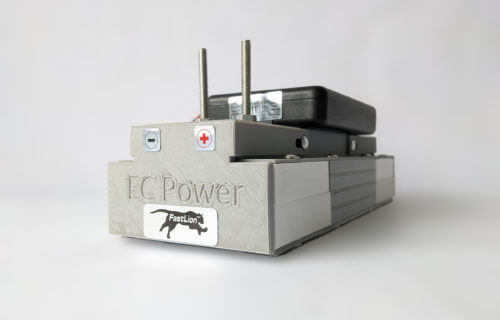UNIVERSITY PARK, Pa. — Electric vehicles are touted as the future of transportation by many, but the high cost of EV batteries and excessive charging times have impeded mass adoption. Now, a breakthrough in electric vehicle battery design at Penn State may pave the way toward more affordable, faster charging electric vehicles.
“The need for smaller, faster-charging batteries is greater than ever,” says lead study author Chao-Yang Wang, the William E. Diefenderfer Professor of Mechanical Engineering at Penn State, in a media release. “There are simply not enough batteries and critical raw materials, especially those produced domestically, to meet anticipated demand.”
California’s Air Resources Board passed an extensive plan in August 2022 to restrict and eventually ban the sale of gasoline cars within the state. If all goes according to that plan, the biggest car market in the USA will shut itself off completely from the internal combustion engine.
The hope in California is that residents will shift to battery-powered electric vehicles (EVs). However, if that is really going to happen, Prof. Wang explains two major hurdles must be overcome: Current EVs take way too long to recharge, and current batteries are too big to be efficient and affordable. Instead of just a few minutes at the gas pump, some current EVs can take all day to recharge.
READ: Best Electric SUVs, According To Experts
“Our fast-charging technology works for most energy-dense batteries and will open a new possibility to downsize electric vehicle batteries from 150 to 50 kWh without causing drivers to feel range anxiety,” adds Prof. Wang, whose lab partnered with State College-based startup EC Power to develop the technology. “The smaller, faster-charging batteries will dramatically cut down battery cost and usage of critical raw materials such as cobalt, graphite and lithium, enabling mass adoption of affordable electric cars.”
This breakthrough was made possible by internal thermal modulation, an active method of temperature control that promotes the best possible performance from a battery, Prof. Wang explains. Batteries do their best work when they are hot, but not too hot. Unfortunately, keeping batteries at just the right temperature has proven very challenging for battery engineers. Historically, these batteries have functioned using external, bulky heating and cooling systems that regulate the temperature, but these systems are often slow to respond and end up wasting energy along the way.
Prof. Wang and his team opted to take a different approach and regulate temperature from inside the battery. Study authors put together a new battery structure featuring an ultra-thin nickel foil. That new foil served as a fourth component besides anode, electrolyte and cathode. Prof. Wang explains the nickel foil acted as a stimulus, regulating temperature and reactivity, and allowing for a 10 minute charge time for just about any EV battery.
READ: Best Electric Vehicles, According To Experts
“True fast-charging batteries would have immediate impact,” the study reads. “Since there are not enough raw minerals for every internal combustion engine car to be replaced by a 150 kWh-equipped EV, fast charging is imperative for EVs to go mainstream.”
This research project’s partner, EC Power, is currently working on manufacturing and commercializing fast-charging batteries for an affordable and sustainable future of vehicle electrification.
The study is published in Nature.

